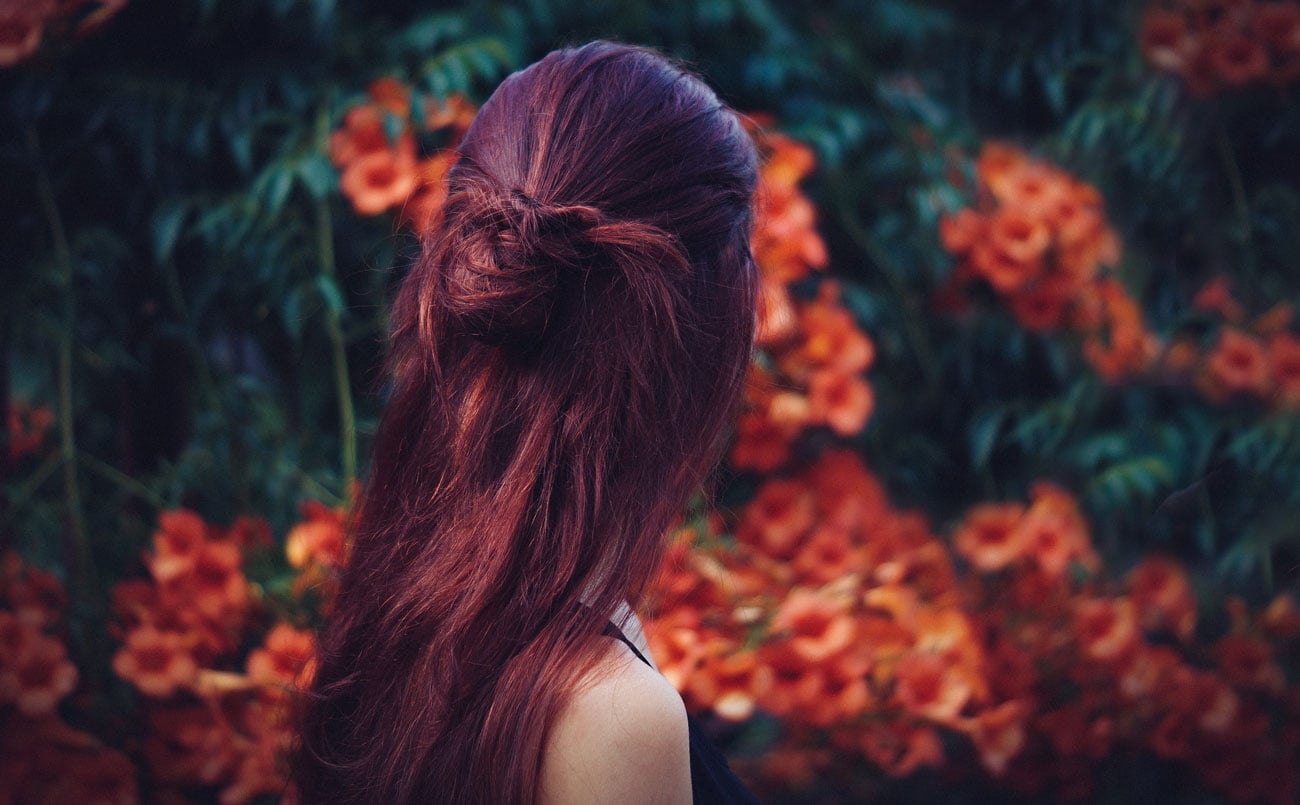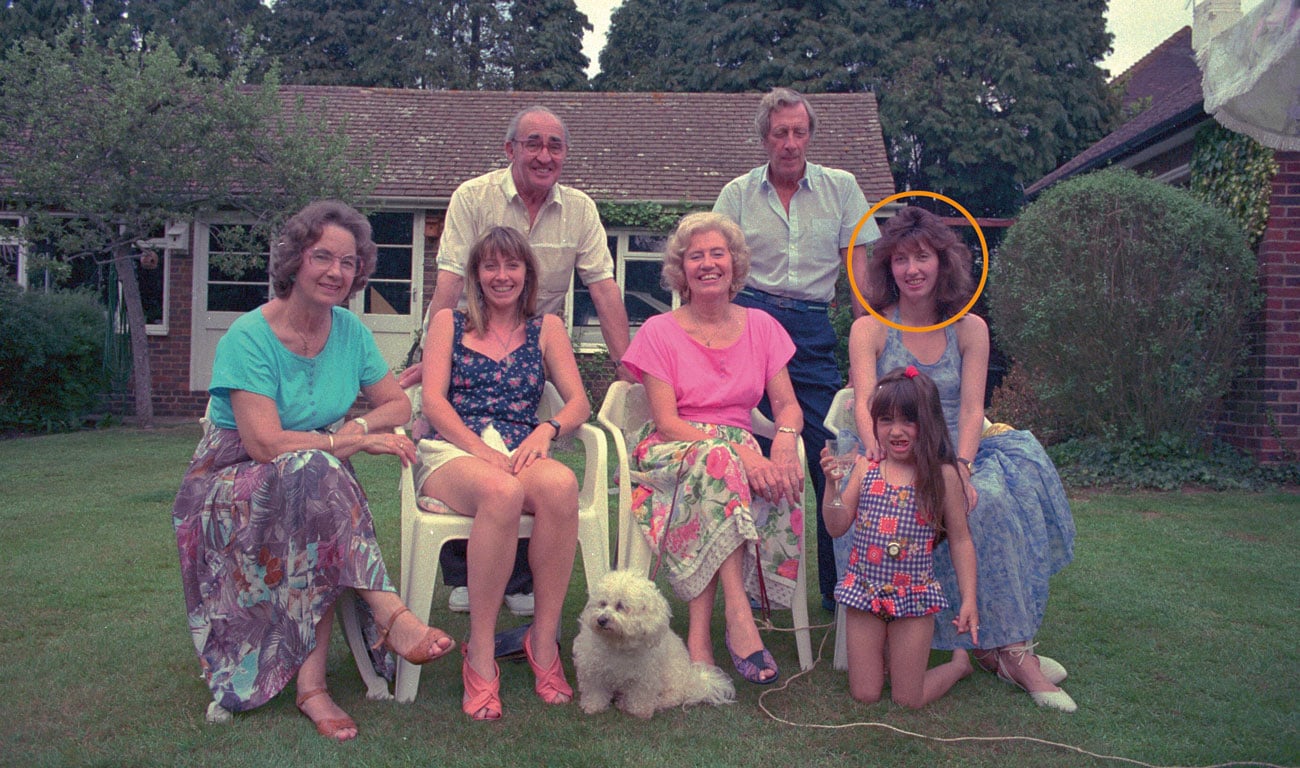
Well, many of you, like me, have been dreaming of the day we can return to the hairdresser for a trim or for colourant! In desperation, I actually watched a couple of videos on Youtube and had a go at cutting my own hair – to be honest, it’s not bad (at least it will get me through until I get to the salon!).
As for colouring your hair, there are myriad products (both permanent and semi-permanent) on the market BUT did you know that permanent hair dyes can increase the risk of some health problems? It’s a loaded issue because colouring our hair makes us feel more attractive, younger etc. The truth is, however, that mainstream hair dyes have been linked to an increase in allergies, the most common being to a chemical called PPD (para-phenylenediamine). This, and its close associated chemical PTD are found in most mainstream hair dyes and the darker the hair dye, the higher the concentration of PPD. It doesn’t end there though, as some of the ingredients in mainstream hair dyes are also carcinogenic. As such, the only really safe way to colour your hair is to use plant dyes.
I’ve been colouring my hair using henna plant dyes since the early 1980s. I was living in London at the time and lucky enough to be able to visit an actual henna salon. I well remember the first time I had my hair coloured there because I came out with hair that was so shiny, it was like a waterfall (I’m not joking!). It seemed miraculous and the condition of my hair was just amazing. Needless to say I’ve been using it ever since (I should point out here that I’m talking about henna POWDER, not henna crème colourant, which does contain chemicals, plus the crème colours are, in my view, less natural and don’t last anywhere near as long as the powder colours).
I also need to dispel a few myths about henna powder. I think the majority of people associate it with a very bright, vibrant red colour – and there’s nothing wrong with that if you can take the colour – as it really is very red, BUT what a lot of people don’t realise is that you can mix henna colours.
When I started dyeing my hair with henna, it was to a beautiful black cherry colour and that looked great when I was young, but I’ve now returned to the colour I was before that – which is a light auburn colour. It looks really natural, and my hair is thick, shiny and in great condition. Henna is very conditioning and of course doesn’t damage your hair as you’re not covering it with chemicals, nor are you altering your hair follicle structure. It is, however, a permanent colour so it will grow out rather than fade.

I have noticed that with some women who’ve been dyeing their hair with permanent chemical colourants for decades their hair has gradually lost shine, sometimes even with thinner patches and looks more brittle. As such, I thoroughly recommend henna powder, but tread carefully and try out a small section of your hair first!
For those worried about colouring their own hair, I’ve recently read that eco-friendly salons are on the rise (but as with everything else, don’t believe everything you hear – research them!). I’ve also read recently that companies are starting to use henna to dye cotton so it’s all good (indeed, one of my close friends down in Bath has been dyeing fabric with plants for a very long time, and she dyes them in the sun with stunning results!)
As for the mixture that I use, I wouldn’t advocate using the following quantities yourself as your natural hair colour etc and what you’ve been using on it will affect the result so I’m only mentioning what I do to show you how I get my colour.
I now naturally have a lot of grey/white hair over the top of my head but find that henna covers it really well. If just doing my roots, therefore, I mix:
- 6tsp blonde henna, (which also contains
- chamomile and cassia – a legume)
- 1 tsp auburn henna
- and 2 tsp black henna (also contains indigo) if doing my whole head, I just up the quantities to tablespoons
- 6 or 12tblsp blonde (depending on how long your hair is)
- 2 or 4 tblsp black
- and 1 or 2 tblsp auburn
Anyway, if you’re game for having a go, as I’ve said above, just try a mixture with a small section of your hair and see how the colour turns out. If the colour needs toning down, then you need to add more black. If you want advice about using henna, I don’t consider myself an expert but please do get in touch via: www.facebook.com/howtoliveagreenerlife and I’ll be happy to do my best to advise!











